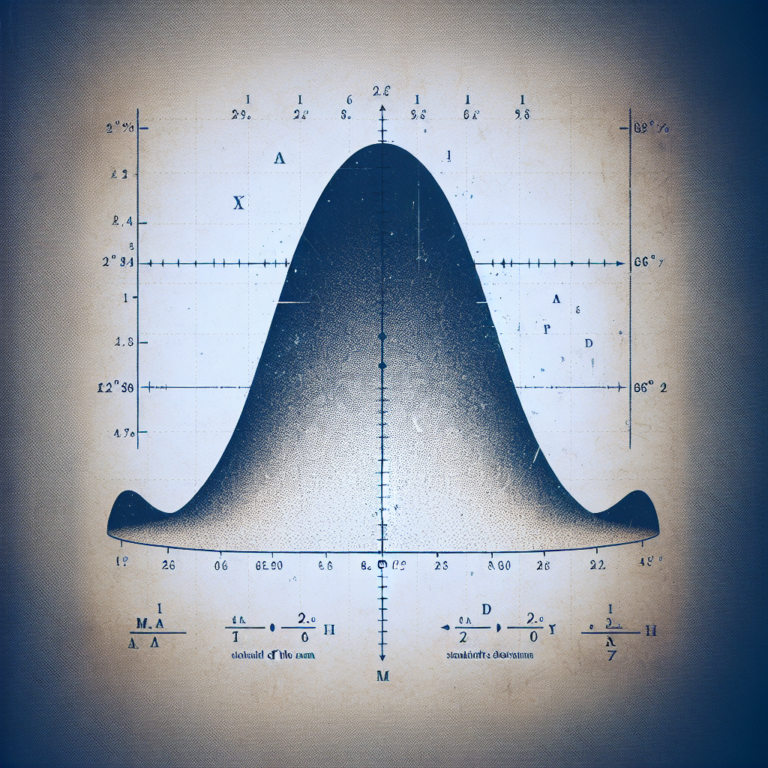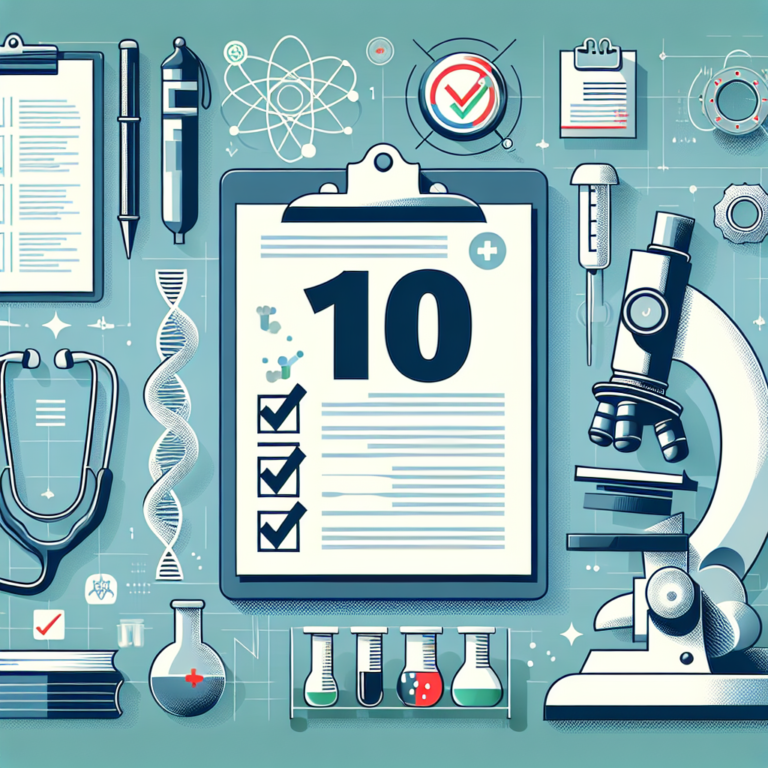Probability plays a crucial role in the field of statistics, helping us make sense of uncertainty and variability in data. At StatisMed, we understand the importance of probability in medical research and analysis. In this comprehensive guide, we will explore the fundamentals of probability in statistics and how it is applied to analyze medical data.
Table of Contents
Introduction to Probability
Probability is a measure of the likelihood that an event will occur. It is expressed as a number between 0 and 1, where 0 indicates impossibility and 1 indicates certainty. In statistics, probability helps us quantify uncertainty and make informed decisions based on data. Understanding probability is essential for medical professionals to assess the effectiveness of treatments, diagnose diseases, and make evidence-based decisions.
The Basics of Probability
- Sample Space: The set of all possible outcomes of an experiment.
- Event: A subset of the sample space.
- Probability of an Event: The likelihood of the event occurring, denoted as P(event).
Probability can be calculated using different methods, such as the classical, empirical, and subjective approaches. By understanding these basics, medical professionals can interpret research findings, assess treatment outcomes, and communicate risks to patients effectively.
Types of Probability
There are different types of probability, each with its own applications in statistics:
- Marginal Probability: The probability of an event occurring without considering any other variables.
- Conditional Probability: The probability of an event occurring given that another event has already occurred.
- Joint Probability: The probability of two or more events occurring simultaneously.
- Bayesian Probability: The probability of an event based on prior knowledge or beliefs.
By understanding these types of probability, medical researchers can conduct more accurate studies, analyze data effectively, and make informed decisions in clinical practice.
Applications of Probability in Medical Research
Probability plays a crucial role in various aspects of medical research and analysis, including:
- Clinical Trials: Assessing the effectiveness of new treatments and medications.
- Diagnostic Testing: Interpreting test results and making accurate diagnoses.
- Epidemiological Studies: Analyzing patterns of diseases and risk factors in populations.
- Healthcare Quality Improvement: Identifying areas for improvement in healthcare delivery.
By applying probability concepts in these areas, medical professionals can improve patient outcomes, optimize healthcare practices, and advance medical knowledge.
Conclusion
In conclusion, understanding probability in statistics is essential for medical researchers and practitioners. By mastering the fundamentals of probability, medical professionals can analyze data accurately, make evidence-based decisions, and improve patient care. At StatisMed, we provide statistical analysis services for medical doctors to help them navigate the complexities of probability in medical research. If you require assistance with statistical analysis, contact us or request a quote today. Thank you for reading our comprehensive guide on probability in statistics.
[ad_2]




